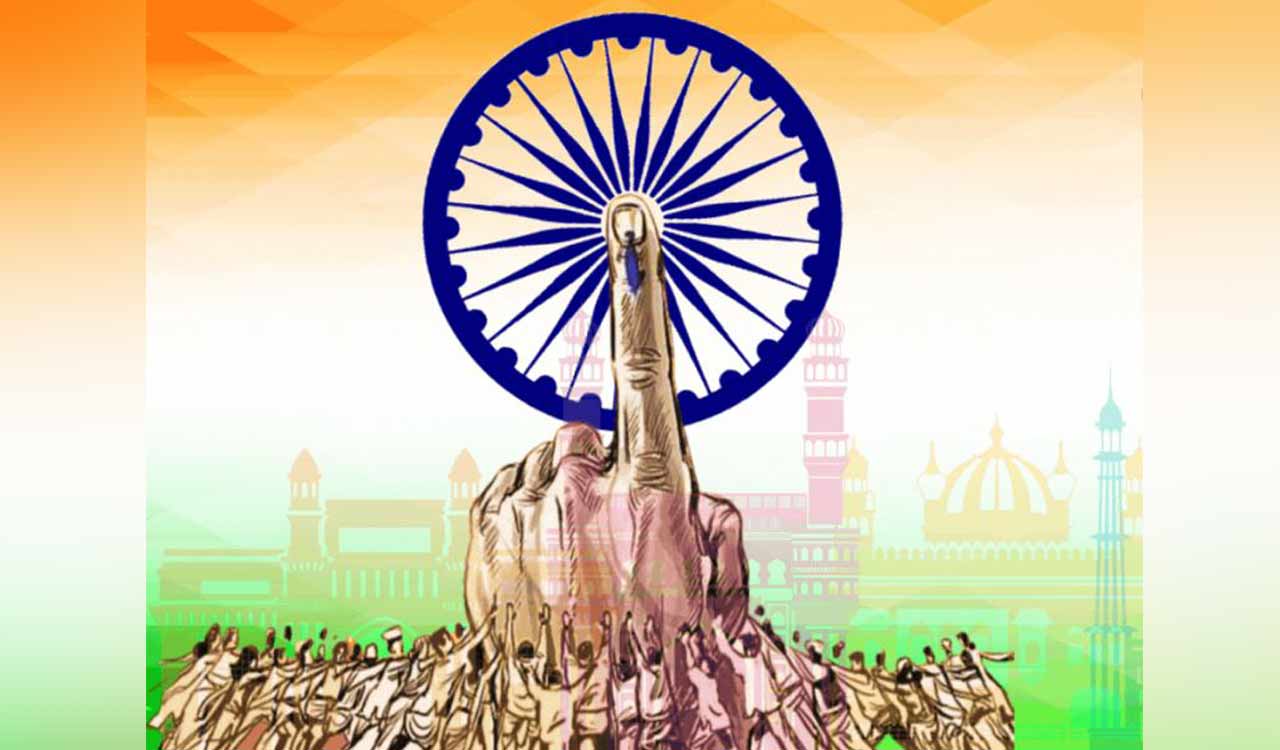‘One Nation, One Election’, assumes that the simultaneous elections is in the national interest, thereby foreclosing all other arguments, however valid they may be
Published Date – 23 January 2024, 11:45 PM

The eight-member high-level committee on ‘One Nation, One Election’, headed by former President Ram Nath Kovind, lacks inclusivity and fair representation of diverse shades of opinions. The problem is that the very terms of reference of the committee assume that the simultaneous elections to all State Assemblies and Lok Sabha is in the national interest. This assumption forecloses all other arguments, however valid and sound they may be. Given the way the committee was constituted and the terms of reference framed, it comes as no surprise that 81% of the 20,000-plus responses received by the committee were in favour of the ‘One Nation, One Election’ idea. The committee issued a public notice asking for suggestions between January 5 and January 15. Unfortunately, there has been no robust debate at the national level. The opposition Congress should also take the blame because it had refused to be part of the committee, despite the issue on hand having far-reaching consequences. This renders the functioning of the committee ineffective. On the opposition side too, there has been a lack of common approach on the matter. No attempt has been made by the members of the I.N.D.I.A bloc to jointly articulate the concerns over simultaneous elections. A fundamental change in the democratic structure and process must not be brought about without adequate engagement with the opposition’s concerns. There is a need for a consensus approach involving all the stakeholders, instead of the ruling dispensation bulldozing its way.
On the face of it, the idea of simultaneous polls sounds appealing in a country where frequent elections mean a heavy burden on the exchequer and disruption of governance and development activities. However, the implementation of this idea is beset with many constitutional and political challenges. First, it would require constitutional amendment with endorsement by a two-thirds majority in Parliament and ratification by at least half of the States. This appears a tall order in the present divisive political atmosphere. The first challenge is in altering the tenure of the Lok Sabha or State Assembly to allow simultaneous polls. Articles 83(2) and 172(1) of the Constitution fix a term of five years for the Lok Sabha and Assemblies respectively. An amendment to these provisions would require a two-thirds majority in both Houses. All this would call for a prolonged consultation exercise and building of consensus. Besides, Article 356, which prescribes the imposition of the President’s rule in a State when there is a breakdown of constitutional machinery, may also need an amendment. The possibility of a hung Assembly, when a single largest party fails to emerge in the elections could also lead to early polls. Defections under the Tenth Schedule are also key factors in elections between scheduled fixed terms. Mid-term polls are also a possibility when Chief Ministers/Prime Minister face a vote of no-confidence in the House.




